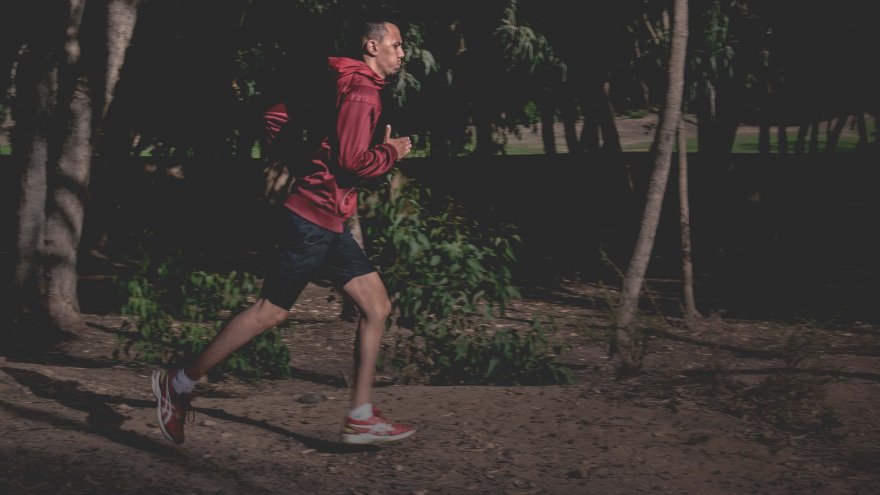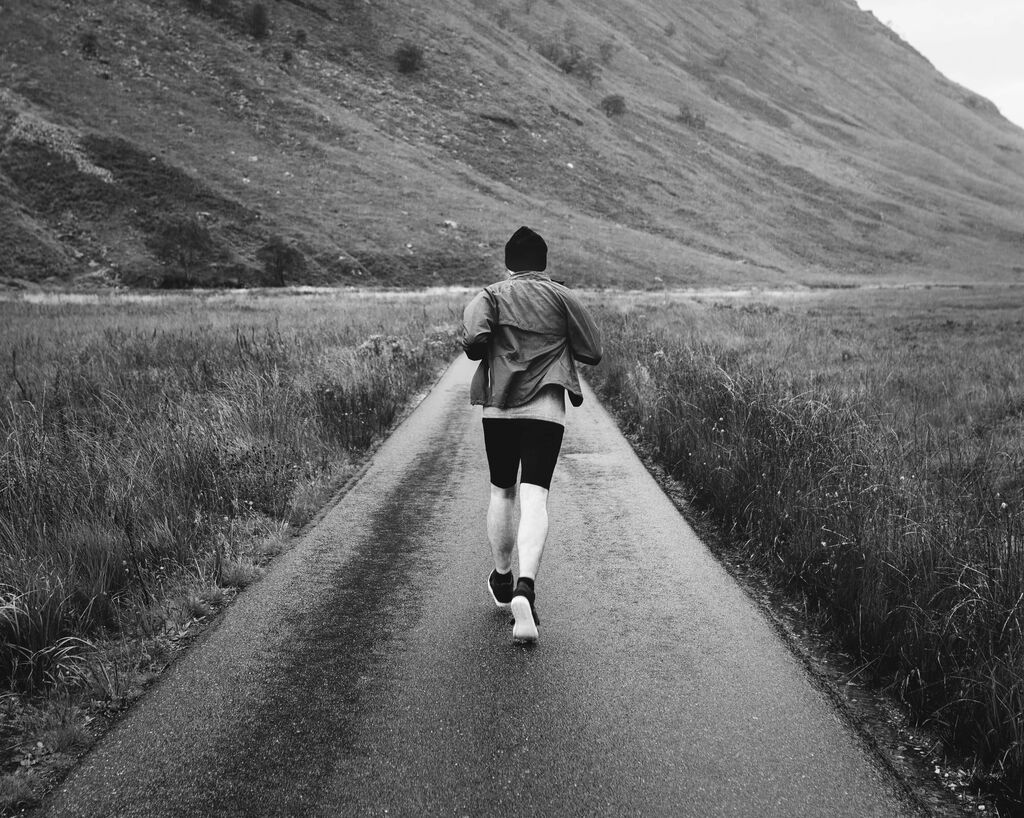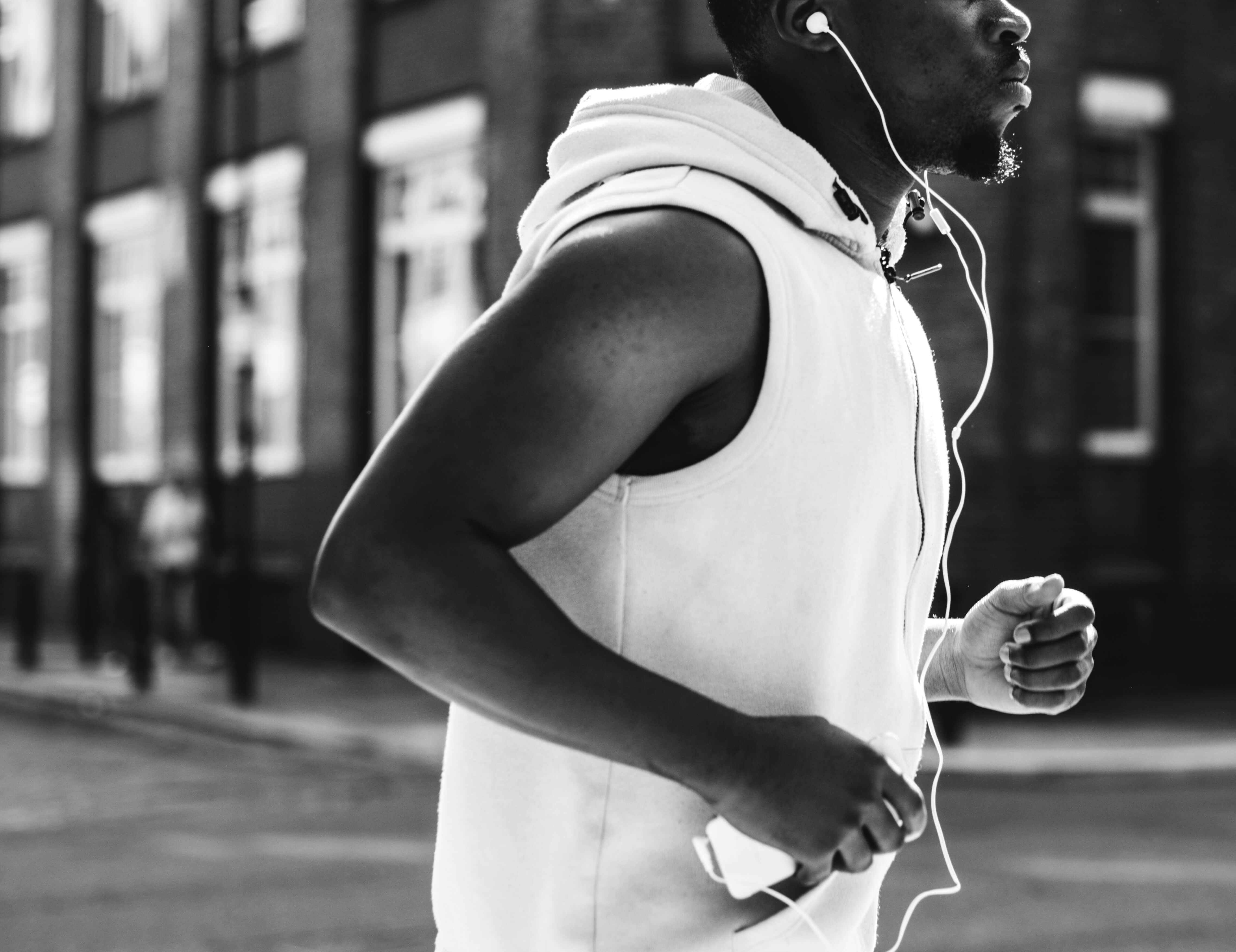The Perfect Pace For A Long Run, Fast Pace, Slow Pace?

Mentally our head is in the game as our legs powerfully take each stride. The earlier miles might have felt slow, but we were getting steady. Our muscles are warmed up now and we have set into a comfortable pace. As the miles pass, we feel strong. We decide to push the pace and go a little faster. We feel like were are flying at times. At others, we are just maintaining. By the end of the run, we left all we have on the pavement. Or did we? We either walk away feeling good, but knowing in the back of our mind we had some more left to give in the tank. We were just too scared to burn out. Or we are practically dragging our feet to the car in exhaustion. So just how fast should the long run be? What is the perfect (better yet ideal) pace?
Running long distance takes a different mentality compared to short distance. Short distance runners focus on power and speed. It’s about shooting out fast and gassing it to the finish line. Long distance runners also think about speed, but endurance is what really is key to the long run. That means first building up the fitness to be able to go the distance. Runners need to slowly increase mileage, typically adding a mile to their longest run of the week over the course of a few weeks. This is to prevent injury and allow the body time to get used to the load.
How Fast Should The Long Run Be?
Speed work is important when it comes to establishing a faster average pace. But a slow run or recovery run is also important for training as well. But then how fast should the long run be?

Generally, when running long distance pace should be slower than average mile pace, or 5k pace.
The runner should slow it down anywhere from 30 to 45 seconds slower than their average pace during the long run to as much as two minutes per mile. This also depends on the weather, such as heat. Jeff Galloway recommends slowly the pace of a long run 30 seconds slower per mile for every 5-degree temperature increase above 60 degrees F.
In The Long Run
Runners who are new to long distance workouts should focus more on the miles than the pace. This is to get the body just comfortable with the load. It’s more about building that aerobic base.
Those who are more seasoned should aim to run close to their estimated race pace during their long runs in order to gauge where they stand for the big day.
While many believe that the LSD (long slow distance) run should be a really easy run (when it comes to pace). The runner shouldn’t be going too fast to burn out early on.
However, this doesn’t mean the run should be a walk in the park. Many opt for a conversational pace. Learn to listen to the body and know when to kick things up a notch when feeling good and knowing when to pull back a little to be able to get through the entire run.
Runners need to learn to walk the line between pushing themselves with knowing that they need to conserve their energy for those later miles.
How To Determine Pace

It’s important to first think about what constitutes as a long run. This is relative depending on the runner. For some, the long run is six miles. For others, it’s 10 or 16 to 20. Remember that the longer the run, the more depleted glycogen stores become. Of course, this means replenishing them by fueling properly during the run. However, the slower the pace the more glycogen is conserved.
Thanks to technology and the running gadgets like heart rate monitors, fitness watches and apps runners can better calculate what is the best pace for their long distance runs.
Those who like a solid plan and need math can start by taking off about 30 minutes of their normal pace. Slow down if that still feels too aggressive to withstand for more than 5 miles. Another way is to find your maximum heart rate and your working heart rate to get your working heart rate. And then multiply that by 70 percent to find the zone that is about 70 percent of effort. (Use the math below.)This typically tends to be around 130-140 bpm. Aim for this during a long run.
Formulas
Maximum Heart Rate
Women: 209- (0.9 x age)
Men: 214 – (0.8 x age)
Resting Heart Rate
Measure resting pulse as soon as you wake up in the morning
Then (0.7 x WHR) and add this number to the Resting Heart Rate.
A key takeaway about pace for the long run is it’s more about the effort put in then the speed. Aim to feel good throughout the entire run. Avoid focusing on speed and keep looking down at your watch. Get lost in the rhythm and just keep going.
The Importance Of A Slower Pace During A Long Run
- Gives time to focus on the mental aspect of the run
- Lets the runner fall into a rhythm without reaching the point of exhaustion
- Allows runner to focus on form
- Means glycogen stores aren’t used as quickly; increased efficiency
- Builds anaerobic base
- Improves the size of mitochondria, which improves the use of oxygen
- Easier on the body compared to sprints
- Increased weight loss (going further longer = burning more calories)
- Allows the runner to get through the run!
Sources
- , How Slow Should My Long Runs Be?, Running Website
- , The Myth of Long Slow Distance (LSD), Running Website
- , You Can’t Run Too Slow on Your Long Runs!, Running Website
- , Why Should Long Runs Be Slower?, Running Website
Latest Articles
 Is Running on a Treadmill Easier Than Running Outside?Runners have their own preferences, whether it is treadmill running, running outside on the road, or exploring trails. So...
Is Running on a Treadmill Easier Than Running Outside?Runners have their own preferences, whether it is treadmill running, running outside on the road, or exploring trails. So... Is It OK to Use Trail Running Shoes on the Road?While trail running shoes can be used on roads, especially in situations where a runner encounters mixed terrains or pref...
Is It OK to Use Trail Running Shoes on the Road?While trail running shoes can be used on roads, especially in situations where a runner encounters mixed terrains or pref... How to Fix Sore Quads After Running?Rest, ice, gentle stretching, and over-the-counter pain relievers can help soothe sore quads after running. Also, ensure ...
How to Fix Sore Quads After Running?Rest, ice, gentle stretching, and over-the-counter pain relievers can help soothe sore quads after running. Also, ensure ... 10 Fruits With The Most Electrolytes to Replace Sports DrinksThese fruits are high in electrolytes such as potassium, magnesium, and calcium, essential for hydration, muscle function...
10 Fruits With The Most Electrolytes to Replace Sports DrinksThese fruits are high in electrolytes such as potassium, magnesium, and calcium, essential for hydration, muscle function...

